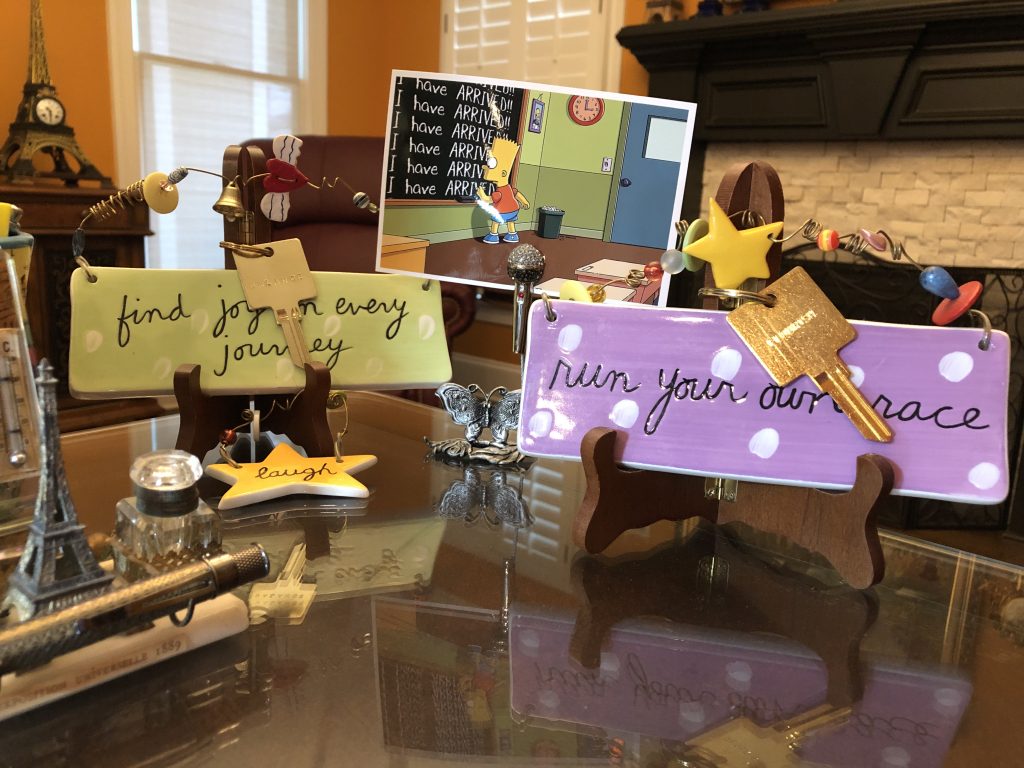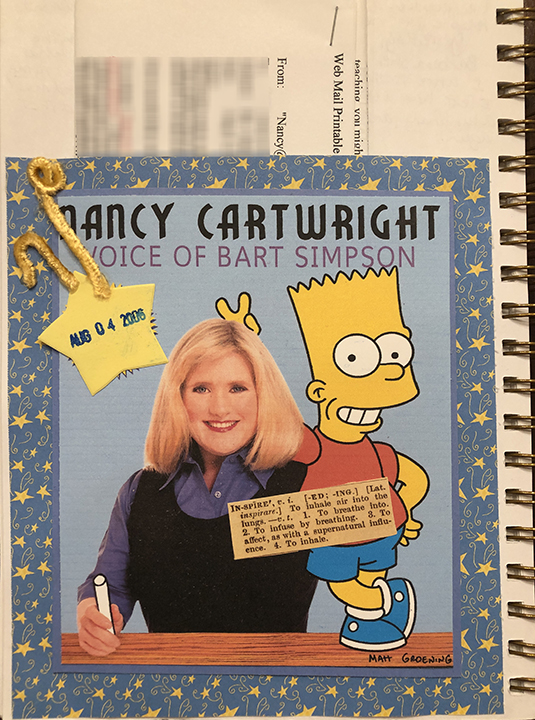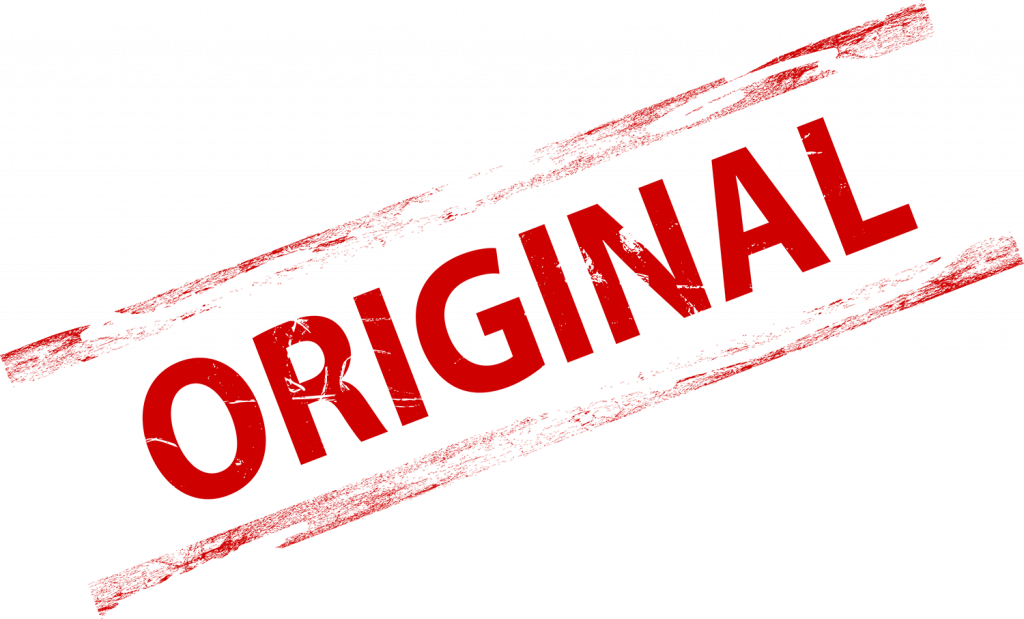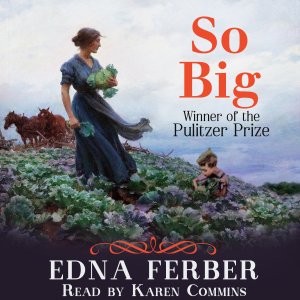I’ve been receiving Mike Dooley’s daily Notes from the Universe for years. I’ve taken some of his courses, and I enjoy how he presents material on the Law of Attraction.
I signed up for his Magical Mystery Manifesting Adventure, which began today. Each day in the 21 days, he and co-presenter Pam Grout will send an email with a secret mission of something to manifest.
When I read today’s assignment of a feather, I thought of a peacock feather. If you read my last blog post or saw this tweet or this Facebook post of a my picture of a real peacock, you might think I have a fondness for peacocks! I thought a feather would be unusual to find.
Drew and I were on our way to pick up something we had ordered. It was Friday lunchtime traffic on a major road that is always congested.
I saw we were about to drive by a flea market I like but haven’t shopped in for a year or more. It’s one of those places that used to be a grocery store but is now filled with several hundred vendors who sell everything from baseball cards to crystal chandeliers. Some of the booths contain so much merchandise that you can’t see everything and have difficulty even walking in. I fear one wrong move will send some precarious piece crashing to the floor.
I said I’d like to stop there. His first inclination was that it was too difficult to turn left out of its parking lot to get to the store. I said I had no business at the flea market and wasn’t looking for anything in particular. We should go on to our destination.
As we turned on the street by the flea market, I commented that we could’ve turned right out of the parking lot and gone only a little bit out of the way to the store. He offered to turn around, but I stubbornly said to keep going where we were headed.
He said again he could turn around because he knew I’d want to go to the flea market.
Reader, that wonderful man I married DID turn around, drove back to the flea market, and parked in front of the door.
I usually like to walk up and down every aisle, taking a quick look left and right to see everything crammed in all the stalls. I skipped a couple of aisles to avoid other shoppers and thought about leaving and returning some weekday when fewer people would be there.
I had not told Drew about the feather assignment.







